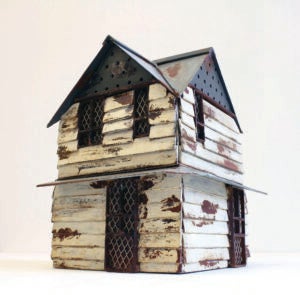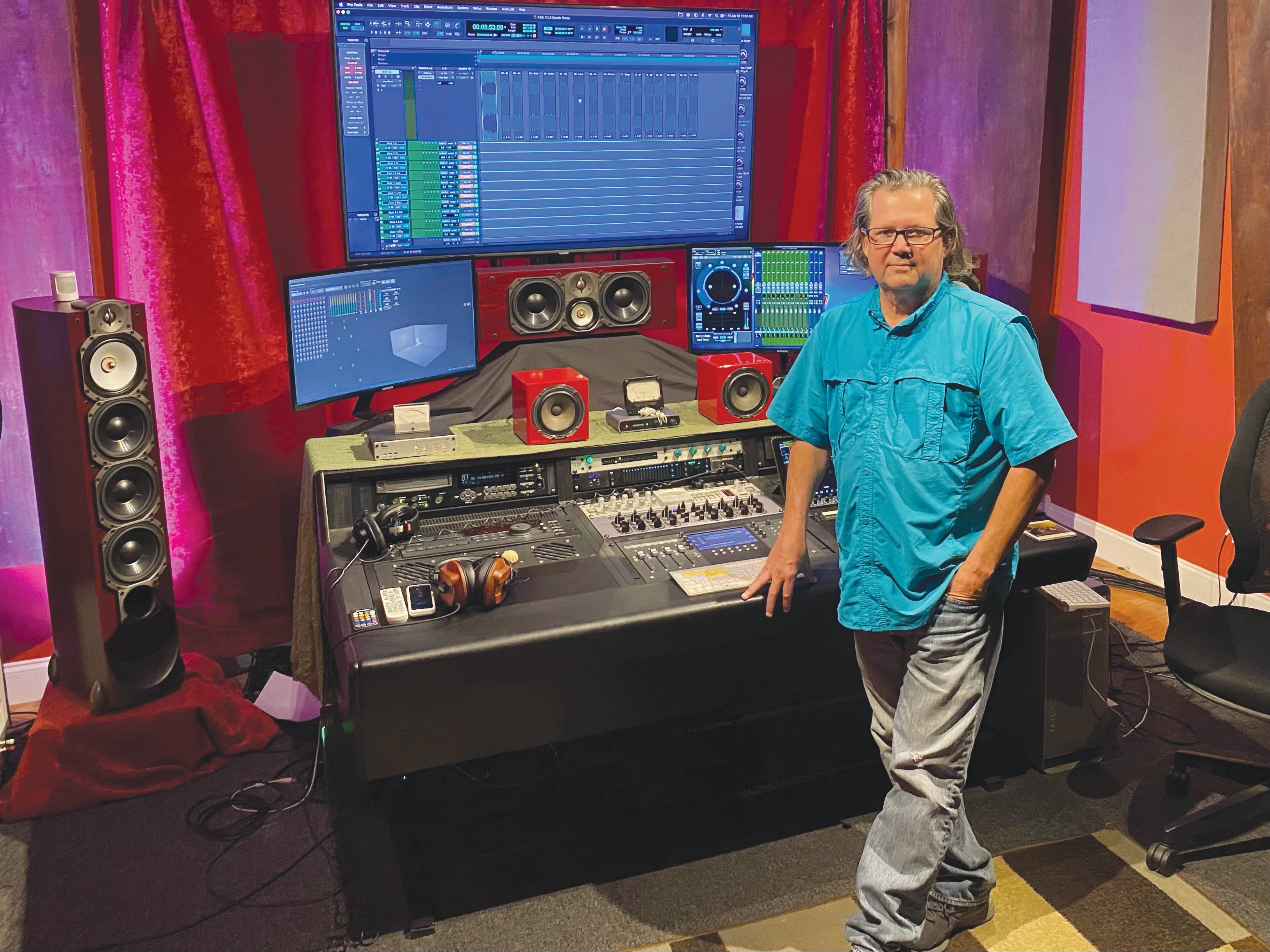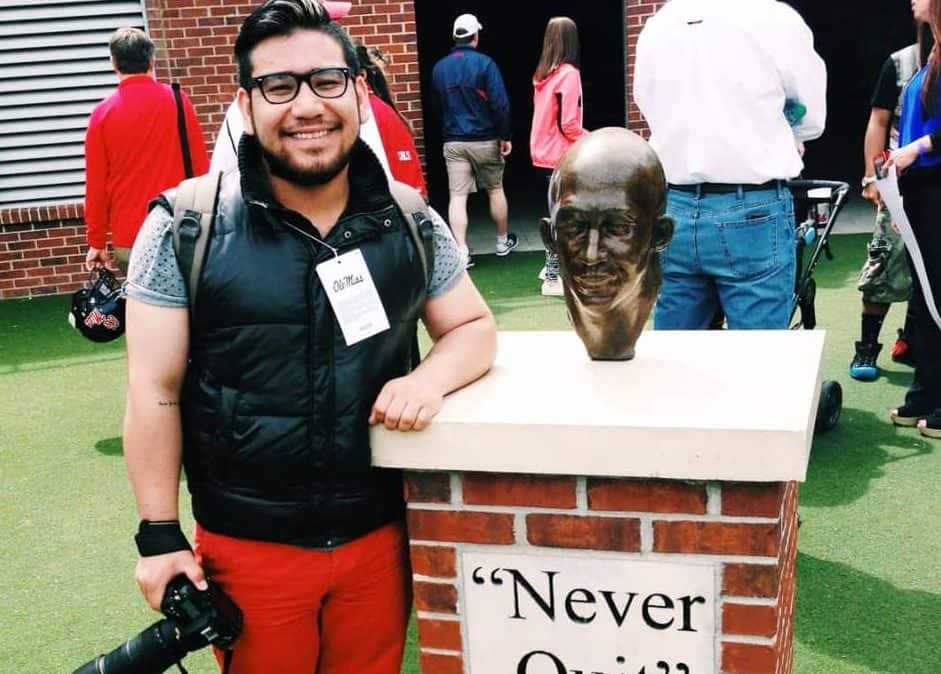By Zoe Fitch
 Place is important to the human experience and especially to an artist. I’m sure most of us have been somewhere and thought, “A portal to home would be great.” And though portals have at least not been found yet, one can symbolically create this by finding a sense of accommodation in small connections within a distant place. Old houses, rotting wood, and rustic and distressed surfaces can spark nostalgia and an image of home, even for a moment.
Place is important to the human experience and especially to an artist. I’m sure most of us have been somewhere and thought, “A portal to home would be great.” And though portals have at least not been found yet, one can symbolically create this by finding a sense of accommodation in small connections within a distant place. Old houses, rotting wood, and rustic and distressed surfaces can spark nostalgia and an image of home, even for a moment.
Stacey Rathert is from Kansas but has become a Mississippian over the past ten years. She comes from a family of farmers and has always felt a connection to land. Because of this, Rathert’s sculpture is deeply rooted in people and place. She tells stories from childhood in her artwork and draws inspiration from stories told to her growing up. Her public sculptures deal with the road trip to visit home, the time it takes, the scenes she records, and the human experience of using the feeling of longing for home as a guide to discovery.
When she first moved to Mississippi, Rathert recalls feeling claustrophobic surrounded by trees. The dense verdure and potent culture overwhelm the landscape. While the land envelopes one’s view, a personal connection to “place” is highly motivated. The Southern way of life encompasses the idea that body, soul, and human experience are connected to the land and cultural experience. And while the vast skyline on the horizon is far from Rathert’s view, home stays prevalent in the artist’s mind.
on the horizon is far from Rathert’s view, home stays prevalent in the artist’s mind.
She wants her viewers to experience Kansas through her art and share a piece of home with Mississippians. She aims to connect the two places she has resided and share this connection with their inhabitants. It is important to establish a feeling of home with a person and share this experience as a visual artist. Space is defined as “a continuous area or expanse which is free, available, or unoccupied,” and it can be both physical and metaphorical. One can egress and ingress these dimensions with will.
The throughline in Rathert’s work is finding home and searching for the horizon that she is missing from Kansas with the dense Mississippi landscape in her view. The horizon is an element of the flat Kansas landscape that sparks nostalgia for the artist. This searching can be seen in some of her work, such as a house on stilts overlooking the lush foliage.
A sense of past time can be observed in Rathert’s sculptures with worn surfaces, harsh textures, and a rustic palette. She recalls her work changing drastically after moving to Mississippi because the work became based on trying to find a home in a foreign place as well as reacting to one’s known environment. For example, Rathert has an art piece based on a gateway to a portal to Kansas from Mississippi found on a walk.
Rathert accesses her own “portal” to Kansas in Mississippi by connecting to place and finding similarities in natural and found characteristics that she incorporates into her art pieces. With a link home, discovery is more attainable in a divergent place such as Oxford, MS. Though “home” is technically far for Stacey Rathert, a connection to place is both far and near in the space between Kansas and Mississippi. And while many of us here in Mississippi could not imagine not being in Kansas anymore, wouldn’t we all want a portal to home?







